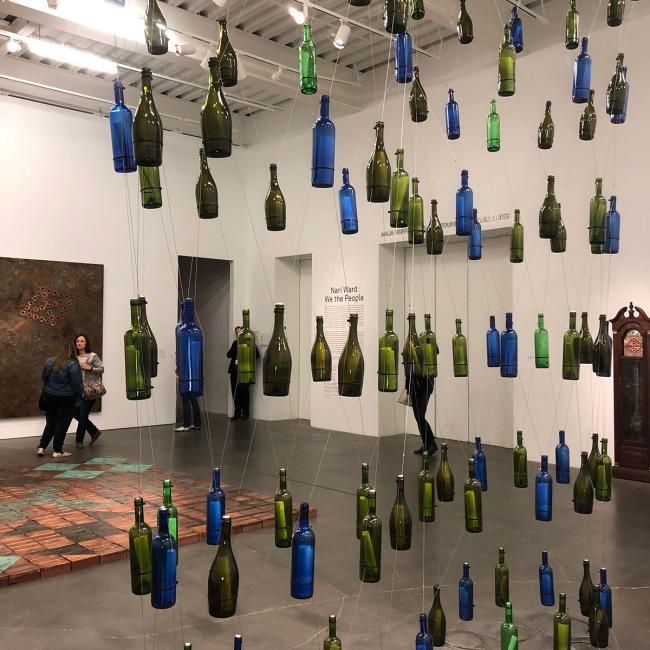Academic Programs
The Department of Art History and Archaeology offers programs leading to the degrees of Bachelor of Arts, Master of Arts and Doctor of Philosophy.
We're here for Diversity, Equity, and Justice
The Department of Art History and Archaeology at the University of Maryland engages in close study of the visual products of human creativity, employing a diverse range of methodologies that attend to cultural, ethnic, religious, sexual, economic, political and linguistic differences. We prepare our students to become leaders in a broad variety of professions and to be critically engaged in their contemporary social reality.
Explore Our Programs
Undergraduate Programs
Graduate Programs
Minors and Other Programs

Art History Minor
The minor in art history and archaeology introduces students to a range of art historical periods, problems and methodologies and is intended both to broaden and deepen a student’s knowledge of visual culture in art historical and archaeological contexts.

Archaeology Minor
The interdisciplinary minor in archaeology is intended to introduce students to the global importance of archaeology and its value as a mode of scholarly inquiry.

Honors Program
The honors program allows advanced undergraduate students to develop a topic with a faculty advisor, write an honors thesis and work toward departmental honors at graduation.
65
There are more than 65 public art museums, galleries, and non-profit spaces for Art History and Archaeology students to explore in the Washington, D.C. and Baltimore region.

